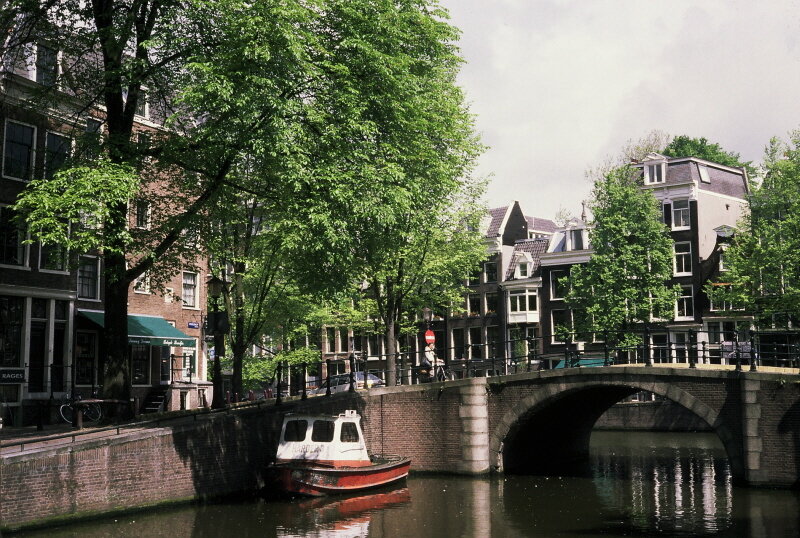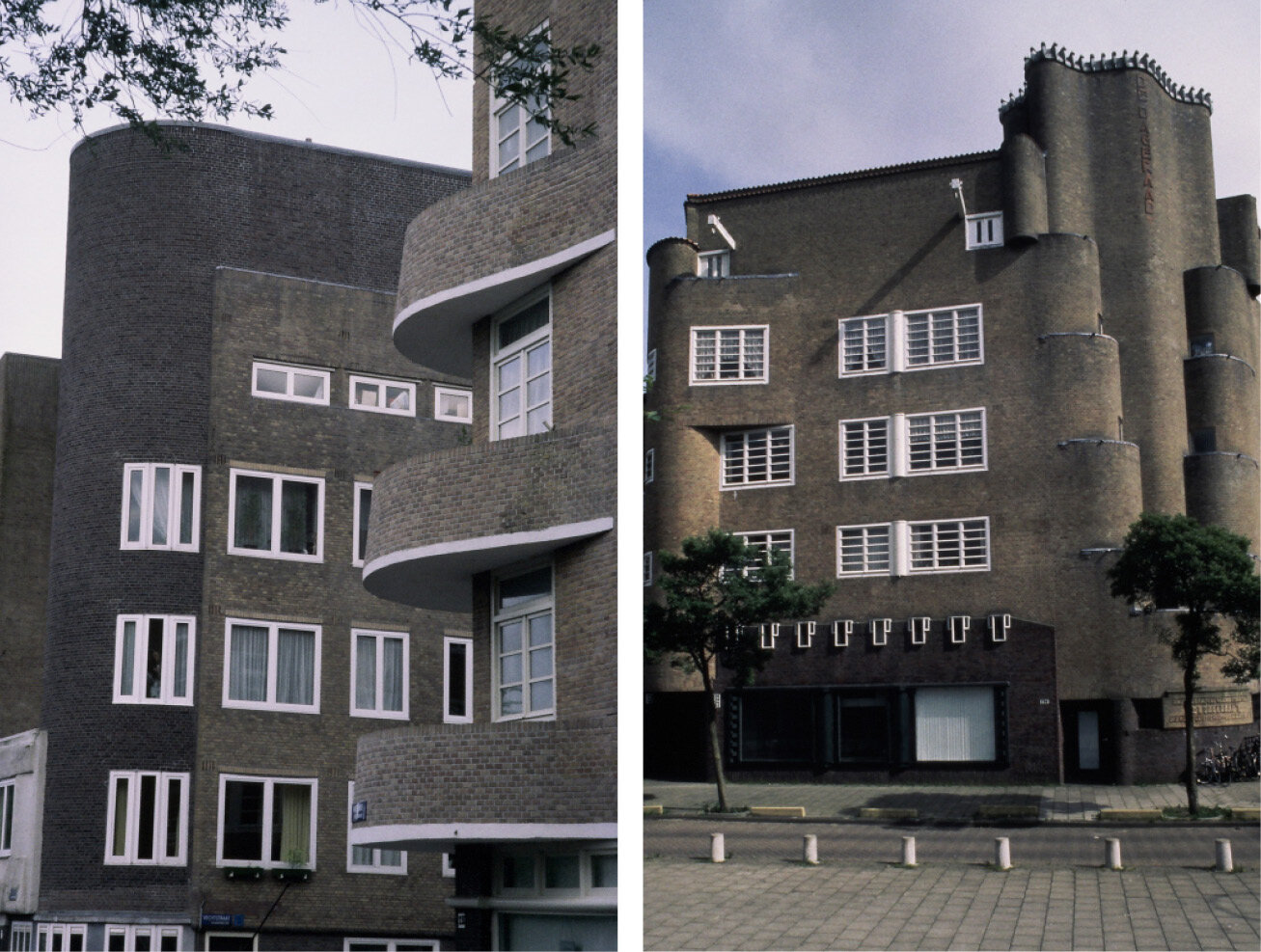Over centuries, a distinctive environmental harmony was achieved in Amsterdam with a palette of repetitive urban elements: canals, bridges, trees, bricks, and a multitude of narrow buildings with eclectic roof peaks—altogether elevated on the city's man-made island-dikes. Early in the 20th century, the city's tradition of constructing socially assisted housing reached a pinnacle of architectural achievement. Amsterdam School Housing, like the complexes of Red Vienna, was an early form of contextual modernism, a reconciliation of contemporary design with historic building culture. In the post-war era, preservation-minded social housing societies saved many hundreds of old buildings as subsidized apartments. The foremost of these is called Stadsherstel: The Company for City Restoration, who to date has restored 550 picturesque canal houses so that Amsterdammers of all classes might afford to live within their patrimony.




